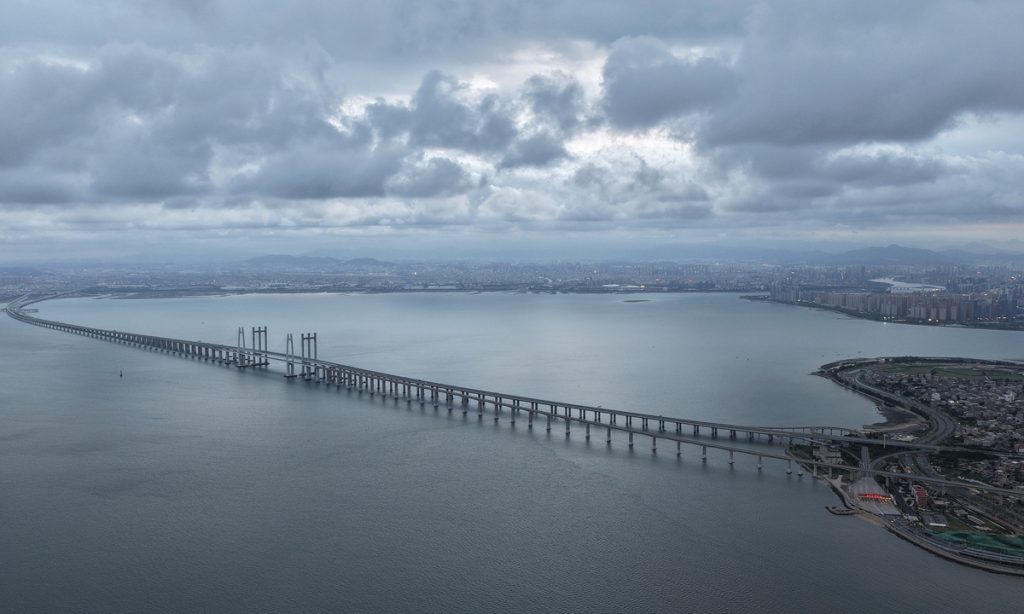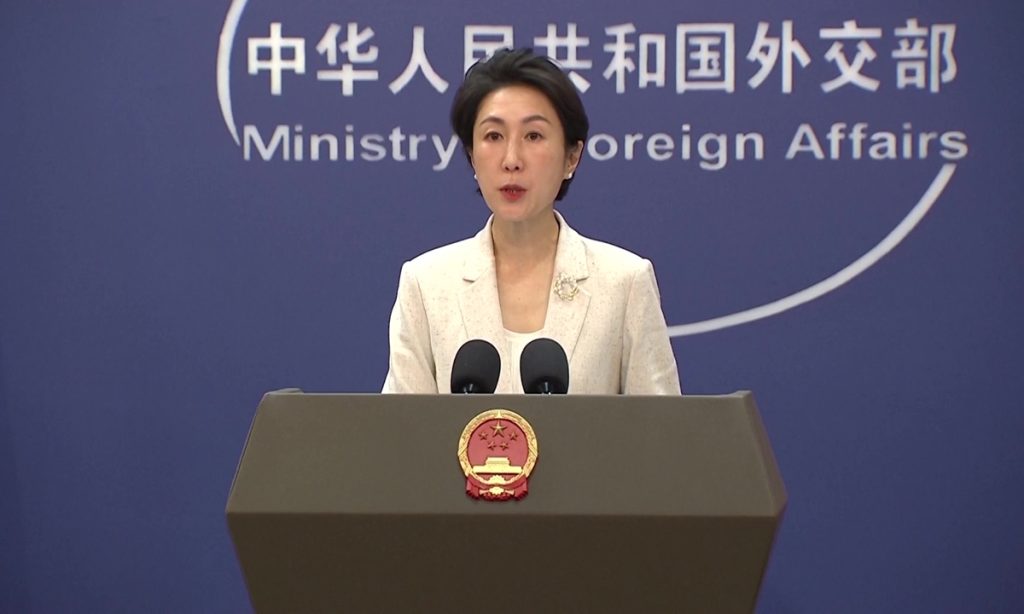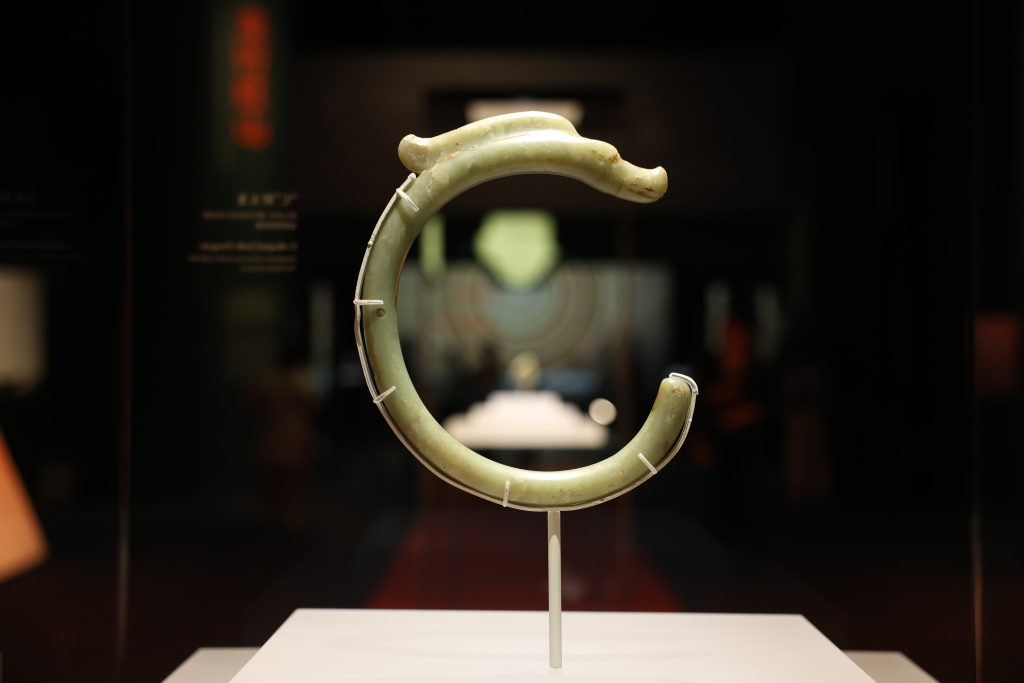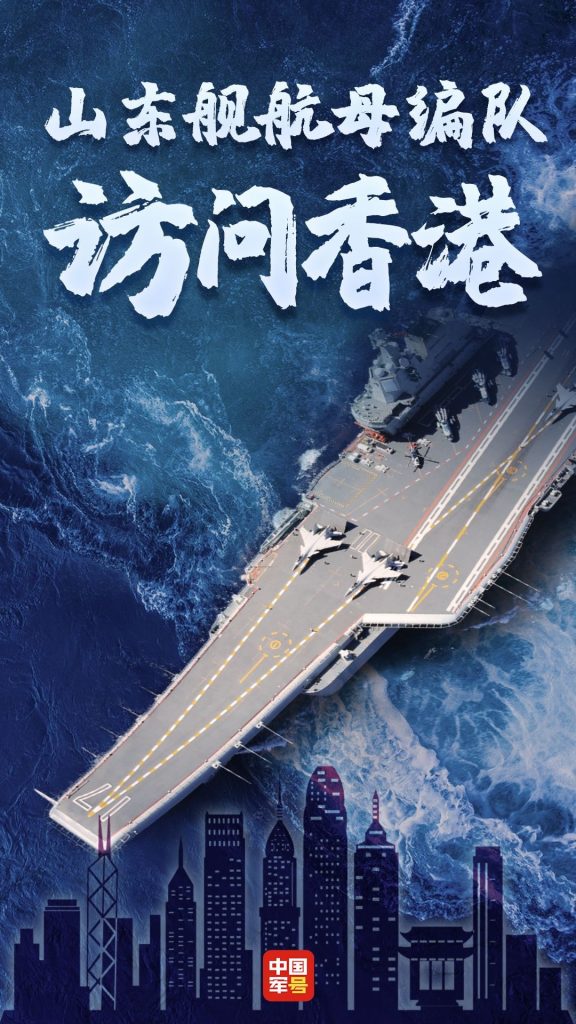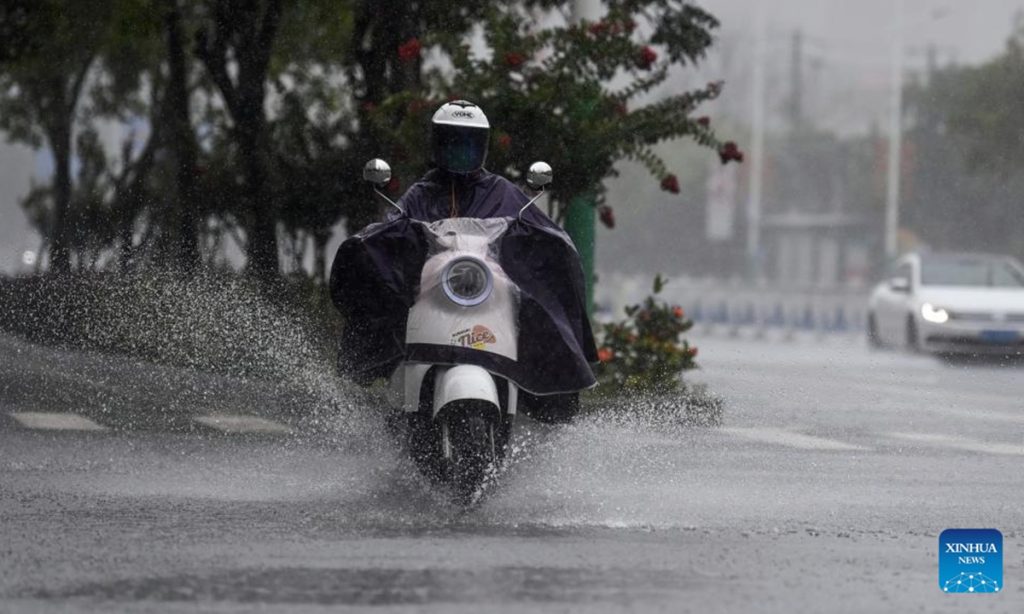Chinese patient obtains 170-degree spinal correction after four surgeries, stands upright

Jiang Yanchen, a young man suffering from a debilitating condition, was medically classified as a reverse-folded posture patient. After undergoing four exceptionally complex surgeries, his body was corrected by approximately 170 degree overall, allowing Jiang to finally stand upright, the Paper reported.
Jiang's head and hips were once separated by barely the width of a palm, according to the report.
Liang Yijian, an expert in extreme spinal deformity correction, who performed Jiang's surgeries, said that the final surgery lasted more than 12 hours. A viral online clip captured the doctor kneeling while performing surgery on Jiang during the procedure. Liang said that this position allowed him to better adjust the patient's posture.
Following the successful surgery, Jiang's body achieved approximately 170 degrees of correction, ultimately enabling him to stand upright, the Paper reported.
Jiang's condition was not congenital. At just over two years old, he was diagnosed with ankylosing spondylitis - a form of arthritis causing severe inflammation in the joints and ligaments of the spine, and he underwent tendon lengthening surgery.
Subsequently, his head began tilting backward uncontrollably, his neck progressively stiffened, and his head could no longer be repositioned, according to the report.
Multiple physicians attributed the condition to genetic abnormalities, though the specific genetic defect remains unidentified. With no therapeutic target established, Jiang's continued to deteriorate. By junior high, his neck had arched backward until his head pressed against his spine, the report said.
Despite these daunting physical challenges, Jiang never faltered in his resolve. In 2022, he took the national college entrance exam lying on a yoga mat and later gained admission to Dezhou University in East China's Shandong Province, the Paper reported.
According to Liang, the patient underwent a total of four surgeries, each extraordinarily difficult — reaching what he described as the "pinnacle" of surgical complexity.
In May 2023, Jiang successfully completed the first-stage surgery, reducing his 180-degree reverse fold to 90 degrees. On December 5, 2024, he underwent reverse osteotomy correction. Further procedures followed a cervical osteotomy with orthopedic revision, and a hip joint release surgery, respectively.
Now that he has successfully completed the surgery, many netizens expressed their joy and sent their blessings, "The winding detours of life are all behind him; what awaits him is a straight and unimpeded life ahead."
